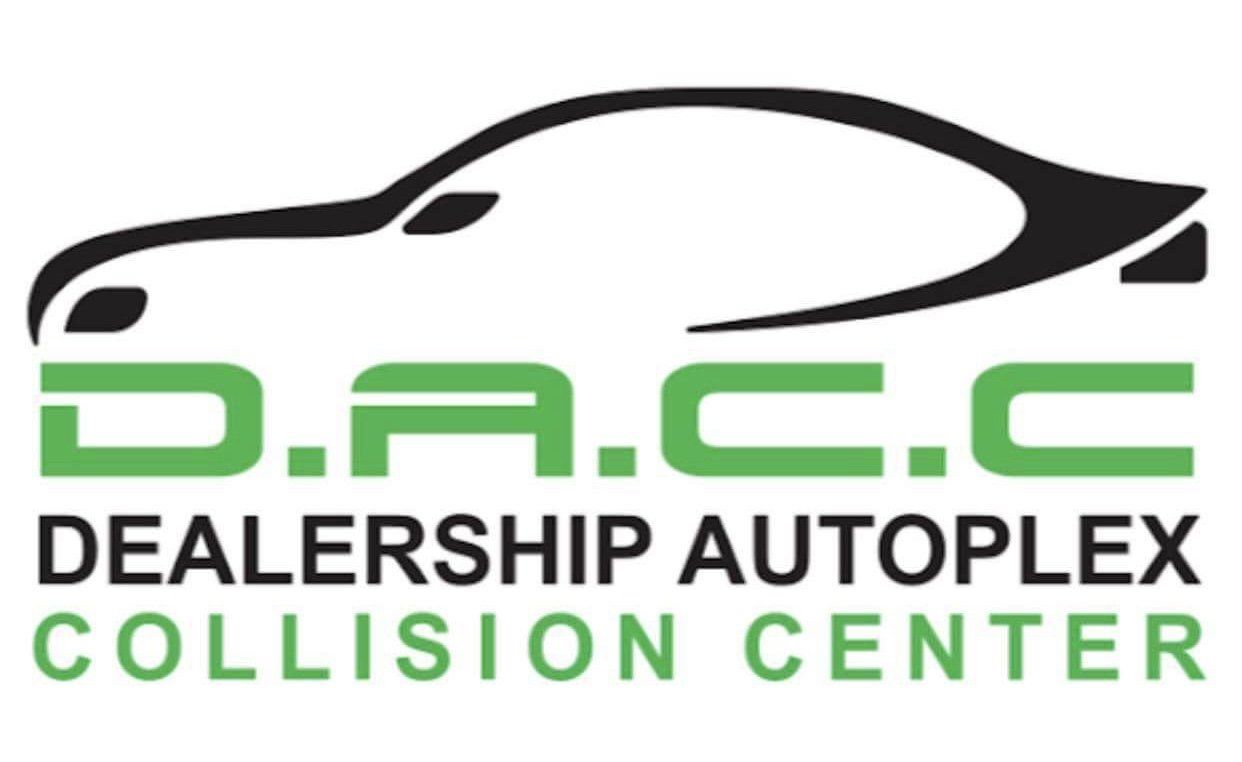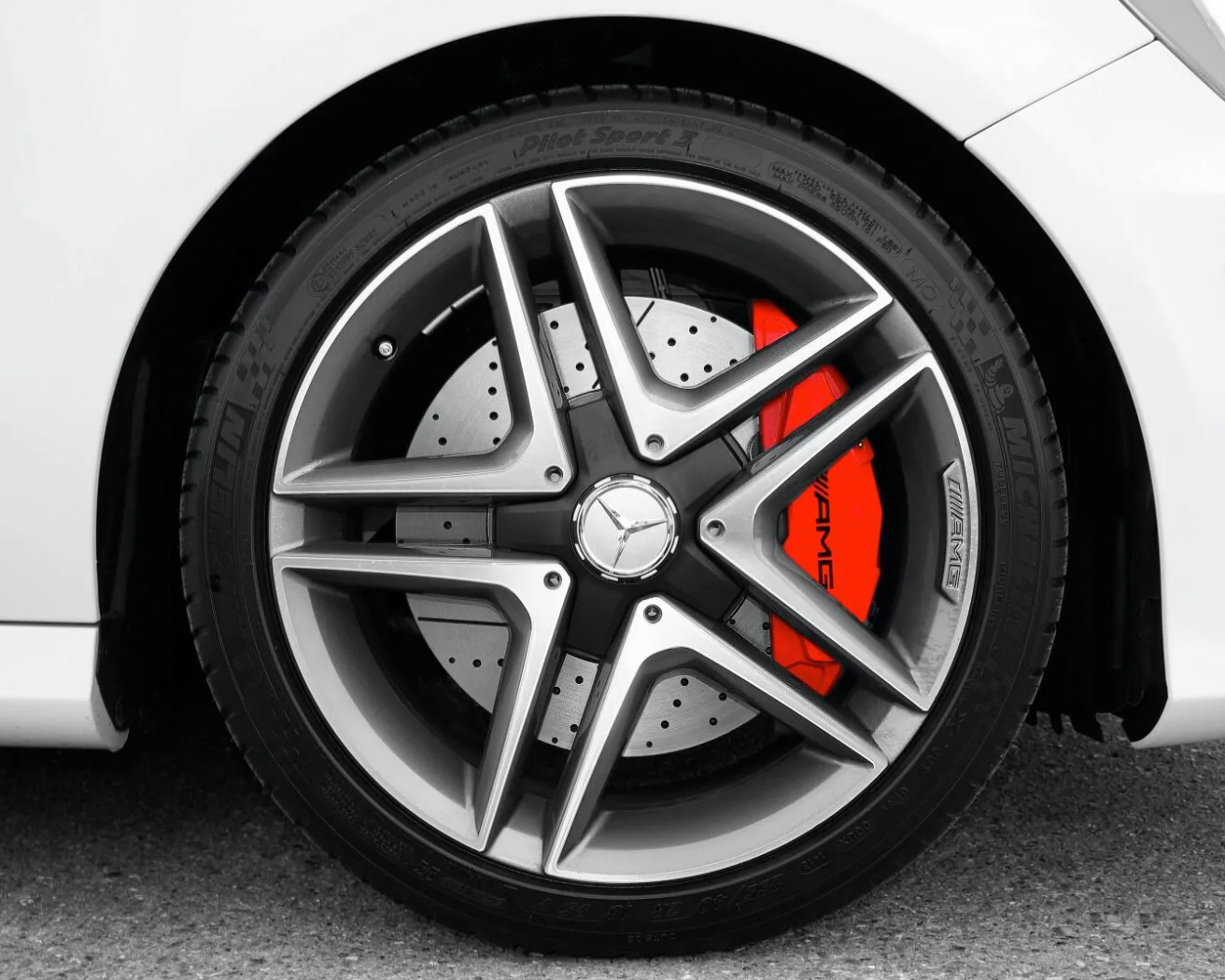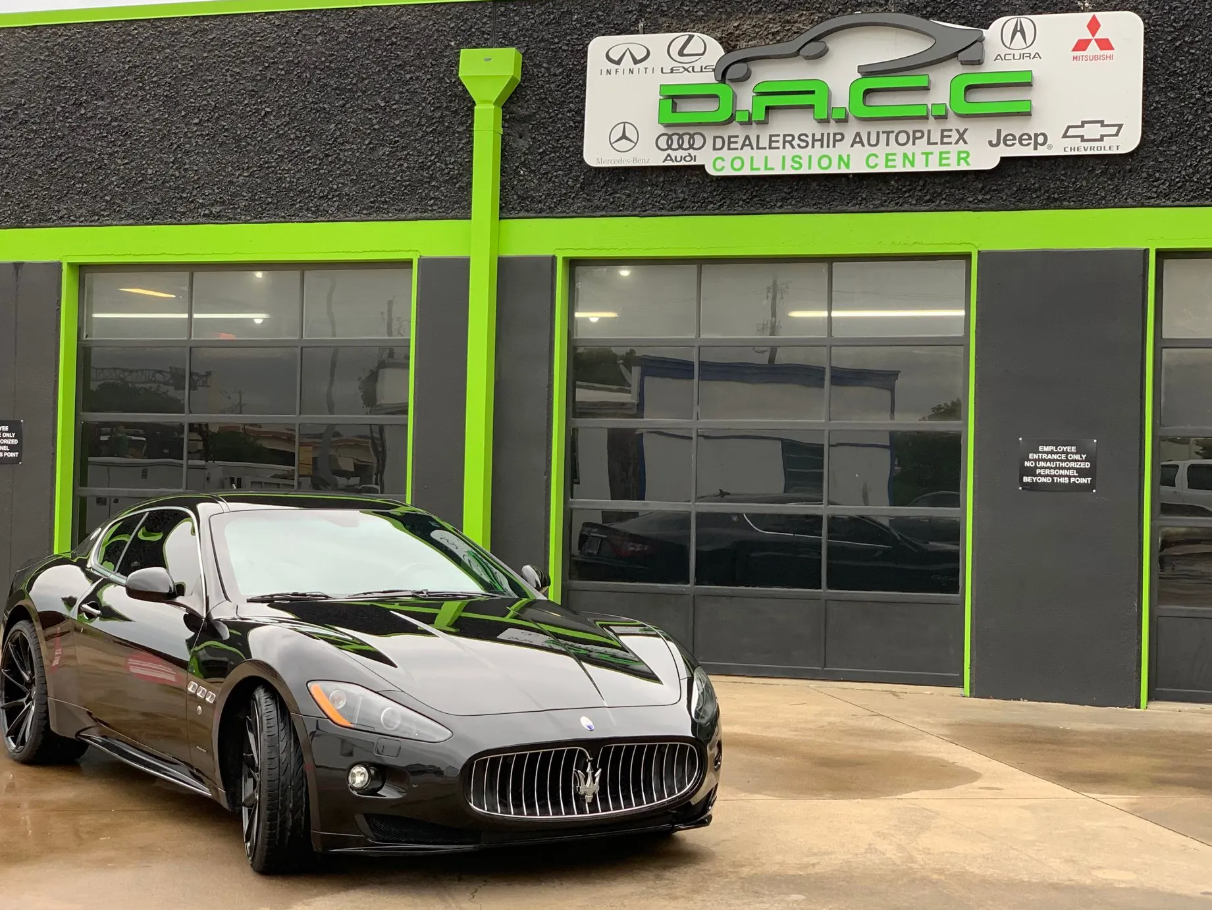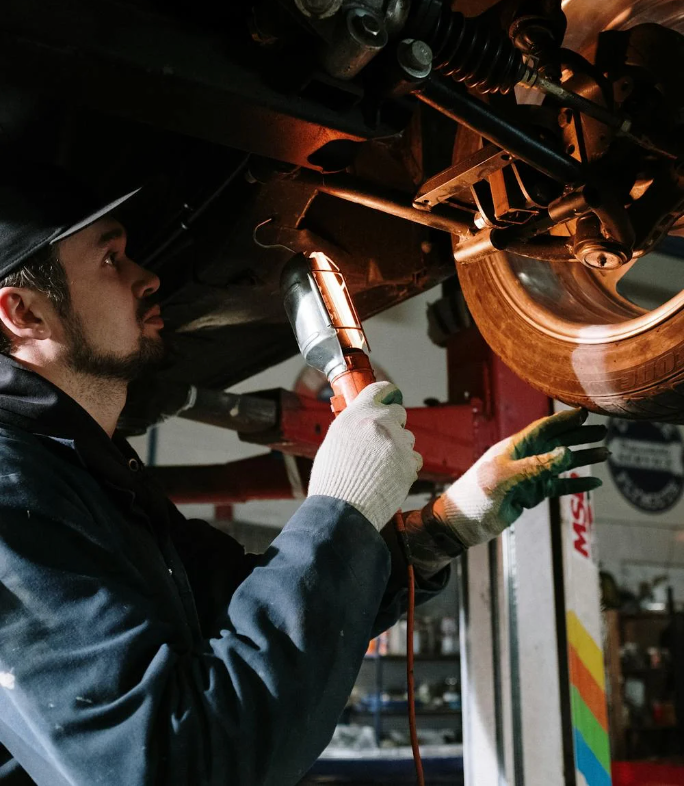Inspection | Post-Collision
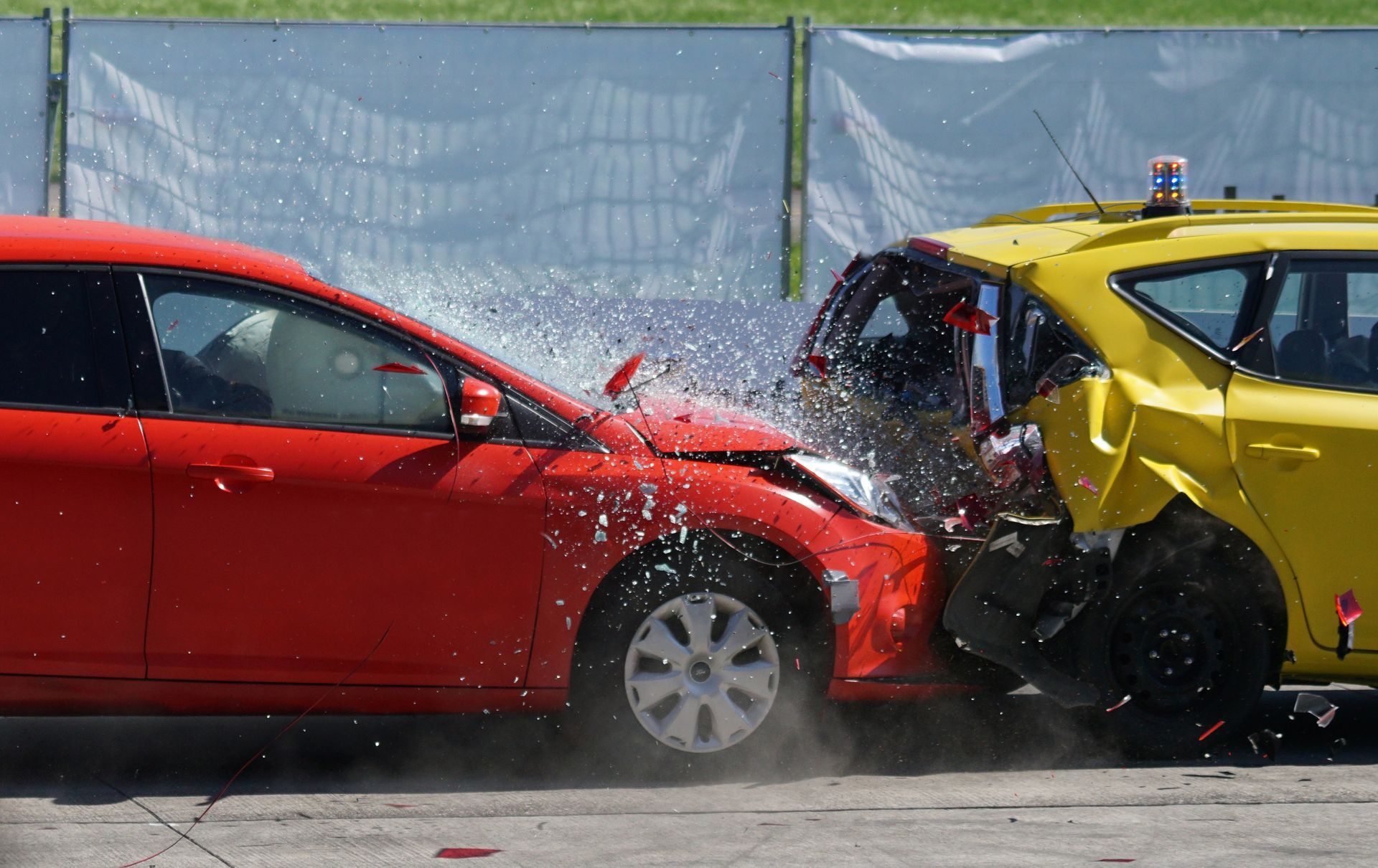
Car accidents can result in visible damage to your vehicle, but often, the most critical issues remain hidden. Thats' why post-collision inspections are essential.
In this blog post, we will delve into the significance of post-collision inspections and provide guidance on how to identify concealed damages that might compromise your car's safety and performance.
The Importance of Post-Collision Inspections:
After a car accident, it's common for the focus to be on the immediate visible damage, such as dents, scratches, or broken lights.
However, the true extent of the damage can go far beyond the surface. This is where post-collision inspections play a crucial role.
They help uncover hidden issues that could jeopardize your safety and the long-term functionality of your vehicle. These concealed damages, if left unaddressed, can lead to more extensive and costly repairs down the road.
Types of Hidden Damages:
1. Structural Damage: The frame may have sustained damage that isn't visible to the naked eye. This compromises the structural integrity of the vehicle, making it less safe in future accidents.
2. Alignment Issues:
Impact from a collision can cause wheel misalignment, leading to uneven tire wear and reduced fuel efficiency.
3. Mechanical Damage:
Hidden damage can extend to mechanical components, including the suspension, steering, and drivetrain, which may not function correctly after an accident.
4. Electrical and Wiring Problems:
The intricate electrical system of modern vehicles can be affected by a collision, causing issues that might not surface immediately.
5. Safety Systems:
Airbags and other safety systems may be damaged and fail to deploy in future accidents, posing a significant safety risk.
Conducting a Post-Collision Inspection:
To identify hidden damages, follow these steps:
Choose aReputable Repair Shop: Select an experienced and certified collision repair center. They have the expertise and tools needed for comprehensive inspections.
Thorough Visual Inspection: Inspect your vehicle visually. Look for signs of misalignment, uneven gaps, or any anomalies in the exterior and interior.
Computerized Diagnostics: Modern repair shops use computerized diagnostic equipment to asses the vehicle's systems and structural integrity.
Frame and Suspension Inspection: Frame and suspension components can be assessed using specialized tools to ensure they are straight and functional.
Road Test: A road test helps identify any drivability issues that might not be apparent during stationary inspection.
Electrical System Check: Ensure all electrical systems, from lights to sensors, are in proper working order.
Safety Systems Evaluation: Airbags, seat belts, and other safety systems should be inspected to guarantee they function correctly. Neglecting hidden damage can result in dire consequences. Ignored structural issues can jeopardize your safety in subsequent accidents.
Mechanical problems left unchecked can lead to costly breakdowns. Unaddressed electrical or safety system issues can compromise your overall driving experience and pose severe safety risks. To prevent these outcomes, it's crucial to prioritize post-collision inspections.
In the aftermath of a car collision, don't solely focus no visible damages. A thorough post-collision inspection is the key to unveiling hiden damages that could compromise your safety and the long-term health of your vehicle.
By addressing these concealed issues promptly, you ensure that your vehicle remains safe and reliable for years to come.
At DAC, our ASE-certified technicians are here to help you with your maintenance needs. Simply give us a cal lat (972) 242-0092 or come by our location at 2536 Dickerson Parkway Suite 10, Carrolton, Texas 75006
